Best Material for Road Construction: Bitumen and Aggregates Lead the Way
Roads are the lifelines of any country. They connect cities, towns, and villages. On October 3, 2025, we explore the best materials used in road construction. Choosing the right material is important. It affects the road’s strength, cost, and life span.
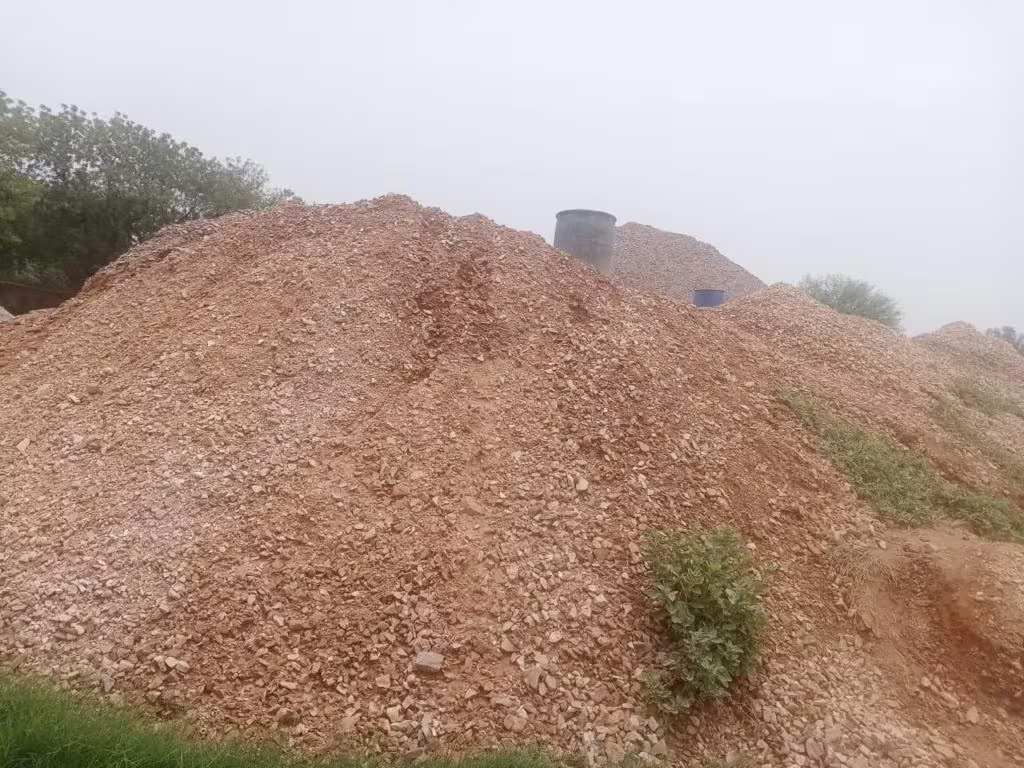
1. Soil – The Foundation Layer
Soil is the first material used. It forms the base of the road. Engineers use soil for embankments and subgrades. But not all soil is good. Clay-rich soil can shrink or swell. So, it must be tested. Engineers often mix soil with lime or cement. This makes it stronger. The process is called soil stabilization. It helps the road last longer.
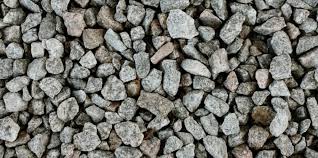
2. Aggregates – The Backbone of Roads
Aggregates are crushed stones or gravel. They are used in the base and sub-base layers. Aggregates give strength to the road. They also help in drainage. There are two types:
- Coarse aggregates like gravel
- Fine aggregates like sand
Good aggregates do not break easily. They must be clean and hard. Engineers test them for size, shape, and strength. Aggregates are used in water-bound macadam roads and concrete roads.
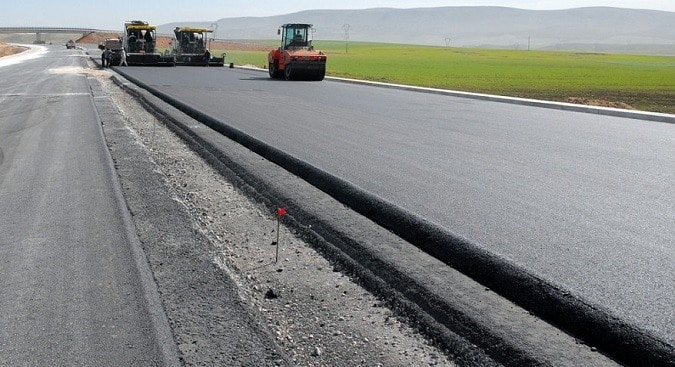
3. Bitumen – The Top Surface Material
Bitumen is a black, sticky substance. It is made from crude oil. Bitumen binds the aggregates together. It is used in the top layer of the road. This layer is called the wearing course. Bitumen roads are smooth and flexible. They are common in cities and highways.
There are different types of bitumen:
- Normal bitumen for regular roads
- Modified bitumen for heavy traffic areas
Modified bitumen includes CRMB (Crumb Rubber Modified Bitumen) and PMB (Polymer Modified Bitumen). CRMB is mixed with rubber. It is strong and flexible. It works well in hot and rainy areas. PMB is mixed with plastic or polymers. It resists cracks and lasts longer.
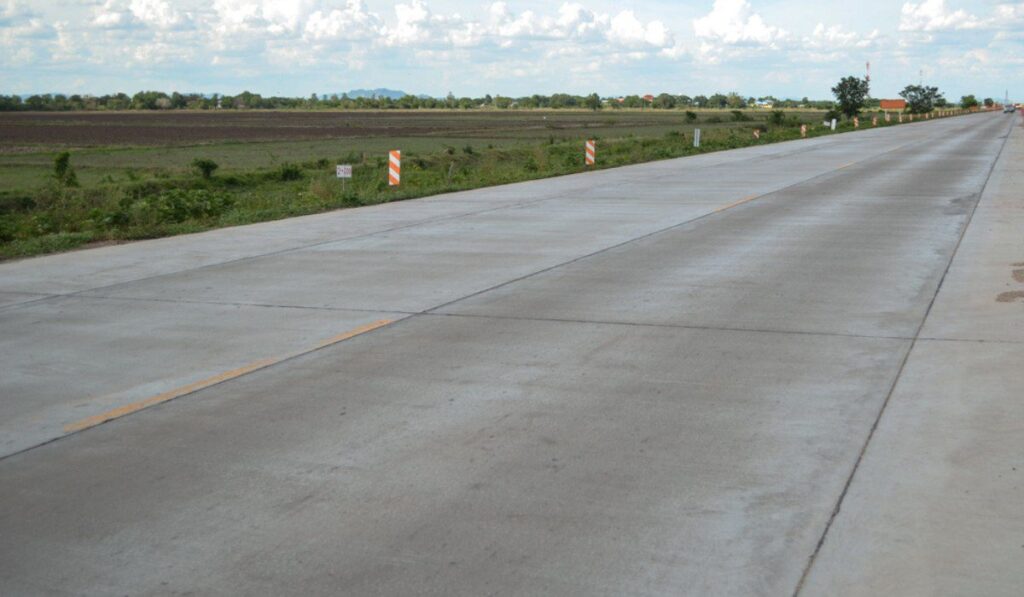
4. Concrete – For Long-Lasting Roads
Concrete is a mix of cement, sand, and aggregates. It is used in rigid pavements. Concrete roads are strong and durable. They need less maintenance. But they cost more. They are good for industrial areas and highways with heavy trucks.
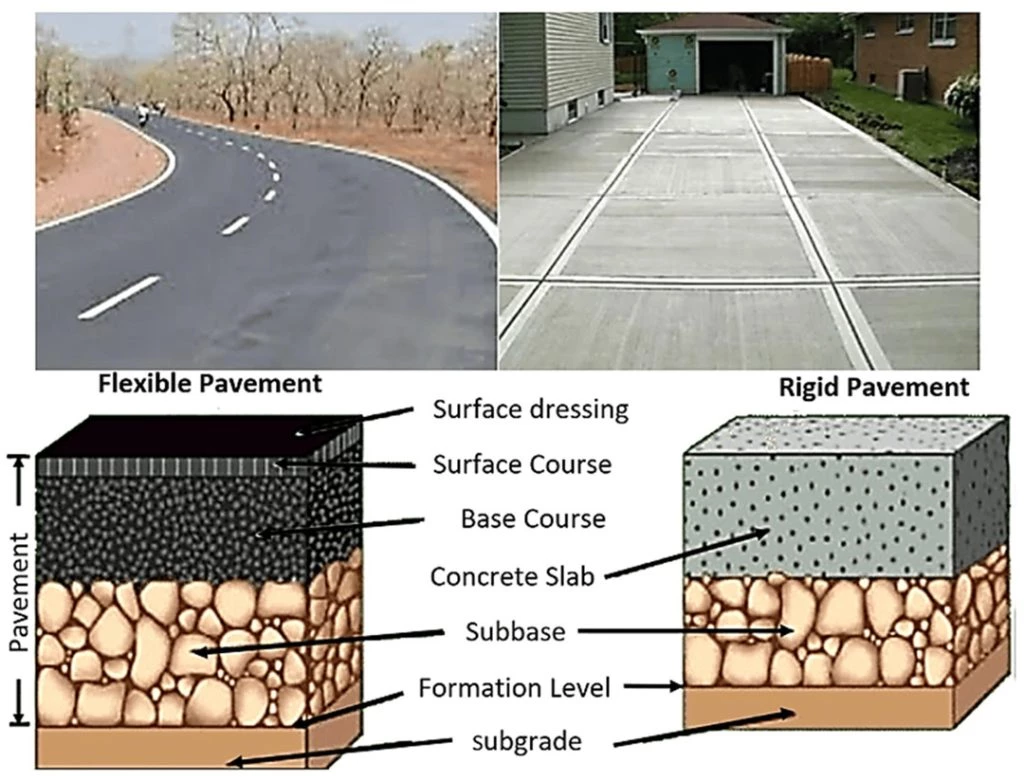
5. Other Materials
Some roads use lime, fly ash, or geotextiles. Lime helps in soil stabilization. Fly ash is a waste product from power plants. It is mixed with soil or cement. Geotextiles are fabrics placed under the road. They improve drainage and prevent soil movement.
At Rathore Construction, we believe in using the right material for the right road. It ensures safety, durability, and cost-effectiveness. Whether it’s a small village path or a busy highway, choosing the best material is the first step to building a better road.



